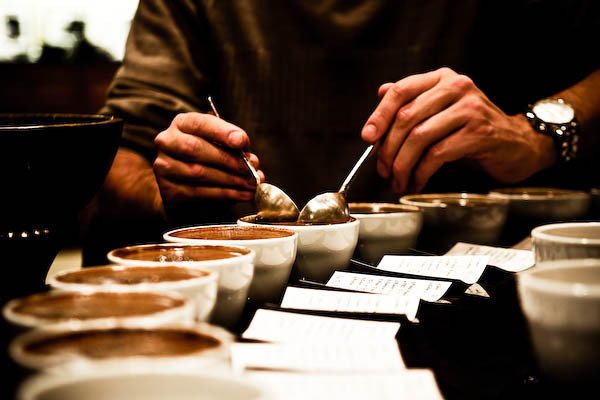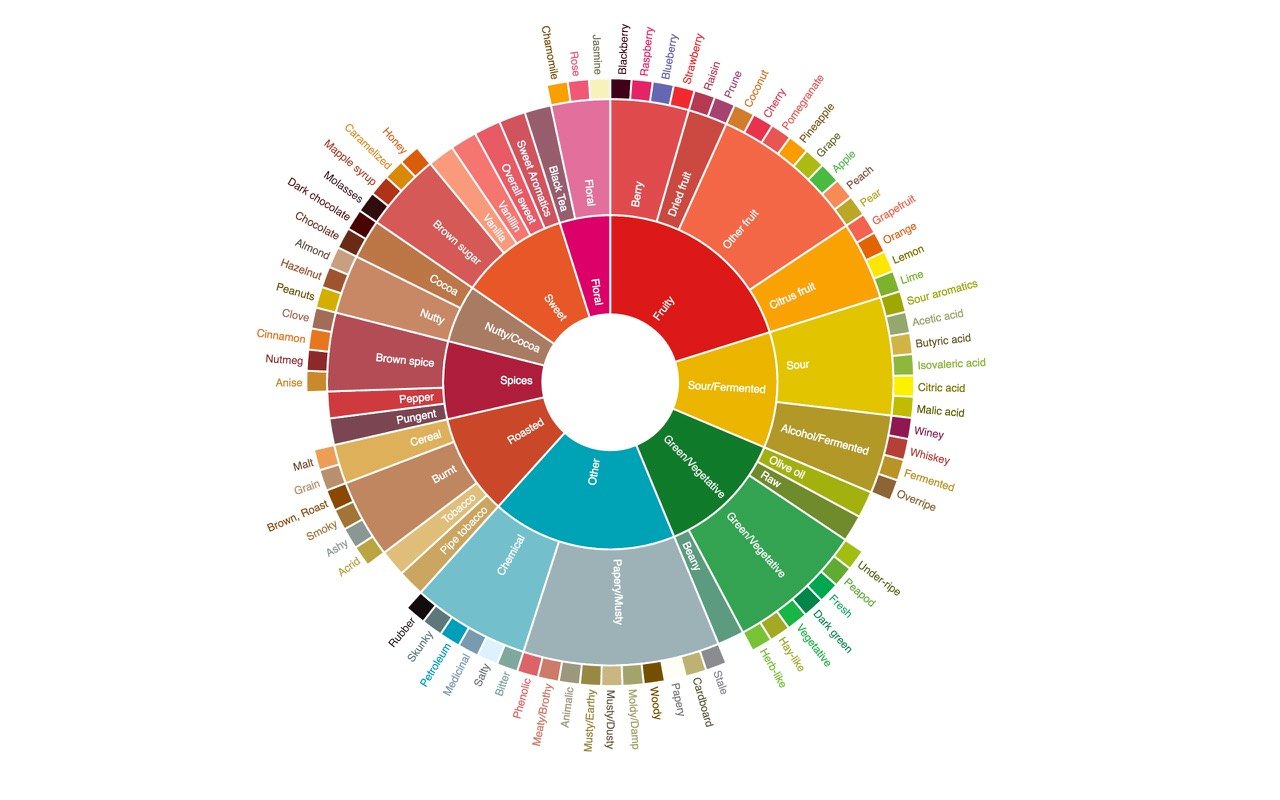A Guide to Coffee Tasting
Author: Elena Thoman
Americans consume over 400 million cups of coffee per day on average, in locations ranging from home kitchens to fast-coffee chains to local coffee shops. Though most coffee drinkers can identify the difference between drip coffee from a 7-Eleven and one from a small coffee roasting company, learning how to identify the intricacies of flavor and consistency offers a new coffee-drinking experience. Whether you want to learn how to taste coffee for an elevated coffee-drinking experience or just for fun, this tutorial will teach you the complexity behind each cup.
Via Dabble
Coffee tasting begins before the first sip. The aroma is an important part of a coffee’s appeal, and because of its deep connection with the flavor, makes up the first step of coffee tasting. Because smell receptors are far more refined than taste buds, your nose can pick up on more complex aromas in the coffee’s complexion. Some specific smells to look for include fruit, nuttiness, chocolate, spices, and flowers.
Now comes the fun part: drinking the coffee. To identify flavor profiles and body, you have to sip the coffee in a way that coats your entire palette, indelicately called “slurping.” Slurping your coffee allows for the liquid to spray the back of your mouth and all sides of your tongue, and also prevents you from burning your tongue completely. From here, we can isolate the mouth and tongue feel of the coffee to analyze its acidity, body, and flavor profile.
Acidity, which is often misconstrued as bitterness, is the tanginess or sourness of a coffee. Though coffee is naturally bitter, the way you can gage the acidity level is by focusing on the sides and back or your tongue. Similar to how you would notice sour flavors when eating citrus, the feeling of an acidic coffee will carry a bit of a bite in affected areas of the mouth. Bitterness, on the other hand, is a flavor that would be noticeable in the center of the tongue, and is not a flavor that is unique to any coffee blend.
Next, we can assess the body, or how thick a coffee is. Like the difference between whole and skim milk, coffee can either linger on your tongue and the roof of your mouth, or wash down entirely with a swallow. Dark roast coffees tend to have more body, and a heavy body is often associated with richer flavor and higher quality. This is a result of the brewing process, as drip coffees and k-cups filter out the oils that give a coffee its body, whereas French presses and pour-overs offer a thicker, more full-bodied coffee experience. Sugar, however, can affect the body by thickening and sweetening the coffee, so to properly identify a good quality coffee, avoid adding sweetener.
Via Tevora
The most difficult part of coffee tasting is identifying flavors, which are often very subtle and difficult to pick up on without another coffee to compare to. A coffee’s flavor notes come partially from where the coffee is grown, and partially from the ripeness of the coffee fruit. The pH of the soil plays a major role in determining the flavor notes of a coffee blend, and most flavor notes can be traced back to specific locations and countries where the coffee is grown. For example, Nicaragua is famous for coffee with hazelnut notes, while Tanzanian and Ethiopian beans tend to be more citrusy. Identifying flavors is quite subjective, but using a coffee flavor wheel, like the one below, can help you begin to identify a few different notes that a coffee may have. Begin at the center of the wheel, and work outwards as you practice testing your coffee. The main flavors you will taste are fruit, floral, cocoa, nuts, and spices, though a few blends may even taste like certain types of mushrooms.
Now that you know the basics of coffee tasting, have fun exploring the different coffee blends at all your favorite coffee shops, and hopefully acquire a brand new appreciation for your morning pick-me-up.
Via SCAA



